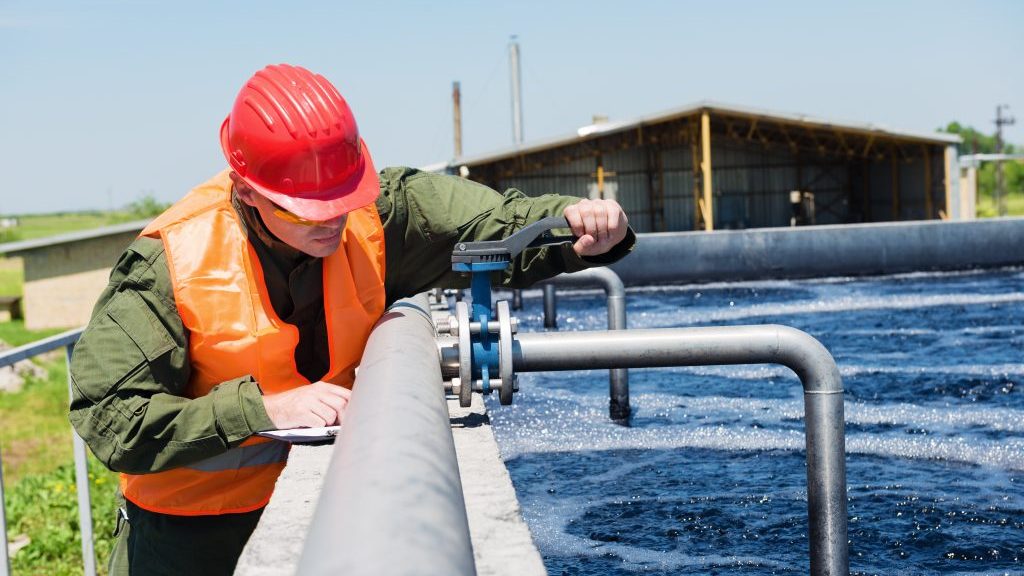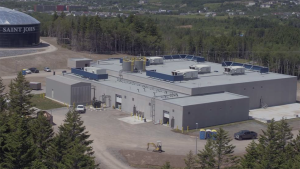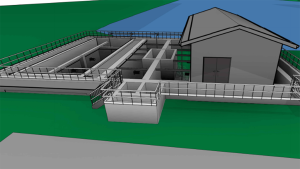The Walkerton water contamination crisis in 2000 that caused the deaths of seven people taught us many lessons, chief among them that deferring infrastructure investments can endanger public health.
The labyrinth of pipes that we rely on for our drinking water and removal of wastewater are critical. They are often out of sight and out of mind, but we must ensure they are kept in good repair.
Research suggests our critical water and wastewater infrastructure is in dire need of attention. Our pipes and watermains are aging and we are not putting enough funds towards replacing them.
This will only lead to public health issues as well as asset value and service quality loss, endanger the environment and, in the end, result in higher premiums for upkeep. The most effective and prudent policy is to proactively maintain and upgrade those assets.
If we learned anything from the last two decades, it is that sustained attention and investments in infrastructure asset management and rehabilitation are the cheaper options. Inadequate investments only lead to deteriorating assets that end up hindering economic and environmental progress.
A commissioned study released recently by the Residential and Civil Construction Alliance of Ontario (RCCAO) revealed a massive amount of drinking water is being wasted every year across municipalities in Ontario as a result of leaky and broken watermain pipes.
Many municipalities report a leakage rate of at least 10 per cent. That means that water leakage prevents at least one out of every 10 litres treated in the province from reaching its destination.
Reports by some consultants who conducted actual assessments show rates in Ontario could be as high as nearly 40 per cent. One analysis that was done for the Town of Smiths Falls was astounding, as it estimated that rates between 2003 and 2019 ranged between 41 per cent and 67 per cent.
The research was done by Tamer El-Diraby, a professor in the department of civil and mineral engineering at the University of Toronto. His research showed the City of Toronto has consistently reported a leakage rate of 10 to 15 per cent, which means the city is wasting about 103 million litres of drinking water per day. That’s the equivalent of more than 15,000 Olympic-sized swimming pools every year.
The study, titled Water Infrastructure in the 21st Century: Smart and Climate-Savvy Asset Management Policies, is a follow-up to a similar study that Prof. Tamer did for RCCAO in 2009.
Equally concerning, the recent study indicated a 2018 survey of 308 water utilities in North America showed the typical age of a failing watermain is 50 years, and that about 28 per cent of all watermains have an age of 50 years or older.
In Toronto, 16 per cent of watermains are 80 to 100 years of age and 11 per cent are more than 100 years old, so they are in need of replacement.
It is difficult to put an exact dollar figure on the cost of the leakage because we do not consistently collect the data, especially in smaller municipalities. But based on the amount of water that’s being wasted and the cost of the energy that’s required to treat and pump the water, the amount is substantial.
While Ontario has come a long way in managing its infrastructure assets, we must ensure that we continue to invest in water infrastructure.
There are many good reasons for investing in such assets. Leaky pipes cause a chain reaction of consequences. It takes more energy to push water through pipes that are leaking. Reducing leakage would therefore cut greenhouse gas emissions that are associated with producing energy.
Fixing leakage in a single section of the water system in York Region, for example, saved 139,000 cubic metres a year in water and $426,000 annually in cost as well as enough energy to power 11 homes for a year.
Lack of funding is a chronic problem when it comes to fixing our water infrastructure. However, we should embrace a significant paradigm shift in the funding and business models for municipal utilities.
Perhaps parts of disaster recovery funds could be moved into disaster mitigation funds instead. Consideration should also be given to broadening key funding programs to include support for asset management programs that focus on climate action and innovation.
We should also allocate stable funding to support an extended asset-energy-carbon analysis that will define the return-on-investment beyond the financial aspects of asset management projects. Funding, meanwhile, should be provided for municipalities to adopt best practices, lead innovation, and develop accountable plans for investment and performance optimization.
It is critical that we properly maintain our water infrastructure. Walkerton was a disaster for Ontario. We must ensure that history is not repeated.
Nadia Todorova is executive director of the Residential and Civil Construction Alliance of Ontario. Send Industry Perspective Op-Ed column ideas and comments to editor@dailycommercialnews.com











Recent Comments